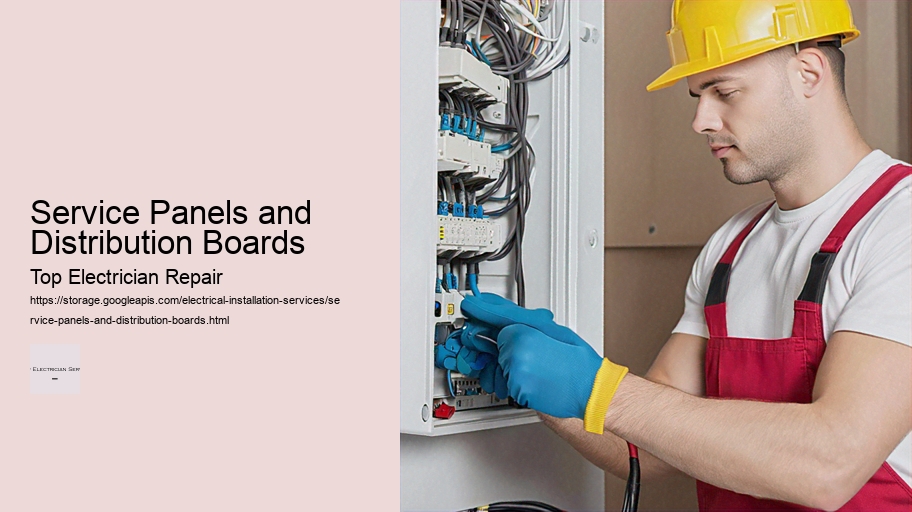To understand their importance, imagine the electrical system as a city's water supply network. Just like how the main water line branches out to individual homes and buildings, the service panel receives electricity from the utility company and distributes it throughout the premises. Circuit Design and Analysis Without this systematic division, managing power distribution would be chaotic and potentially dangerous.
The service panel is often referred to as a "breaker box" in residential settings due to its array of circuit breakers. It typically includes a main breaker that controls power to the entire panel and can shut off all electricity within a home or building – this is crucial during maintenance or emergencies.
Service Panels and Distribution Boards - LED Lighting Installation
- Circuit Design and Analysis
- LED Lighting Installation
- Electric Vehicle Charging Station Installation
- Electrical Safety Standards
Distribution boards play a similar role but are more commonly found in larger installations such as multi-story buildings or industrial complexes where multiple circuits are numerous and complex. They may also offer more features than typical service panels due to their application in demanding environments. Distribution boards can be single-phase or three-phase depending on what type of electrical load they need to manage.
One significant aspect of distribution boards is their organization.
Service Panels and Distribution Boards - LED Lighting Installation
- Electric Vehicle Charging Station Installation
- Electrical Safety Standards
- Whole House Rewiring
- Energy Audit Services
- Electrical System Design
Both service panels and distribution boards must comply with strict safety standards because they handle high-voltage electricity regularly. In many countries, regulations dictate not only how they should operate but also where they should be placed—for instance, away from damp areas—to reduce risk factors associated with electricity.
Another important feature is their ability to accommodate future expansion. As buildings grow or technology evolves, additional electrical capacity may become necessary; hence these systems are designed keeping in mind possible upgrades without needing complete replacement—a cost-effective measure for property owners.
Regular maintenance of service panels and distribution boards cannot be overstated—it ensures reliability and longevity of both the devices themselves and the overall electrical infrastructure they support. Periodic checks by qualified electricians help identify potential issues such as loose connections or wear before they escalate into serious problems.
In essence, service panels and distribution boards form the backbone of any well-structured electrical system by ensuring safe distribution of power while providing flexibility for future needs—much like careful urban planning allows cities to thrive safely yet dynamically.
